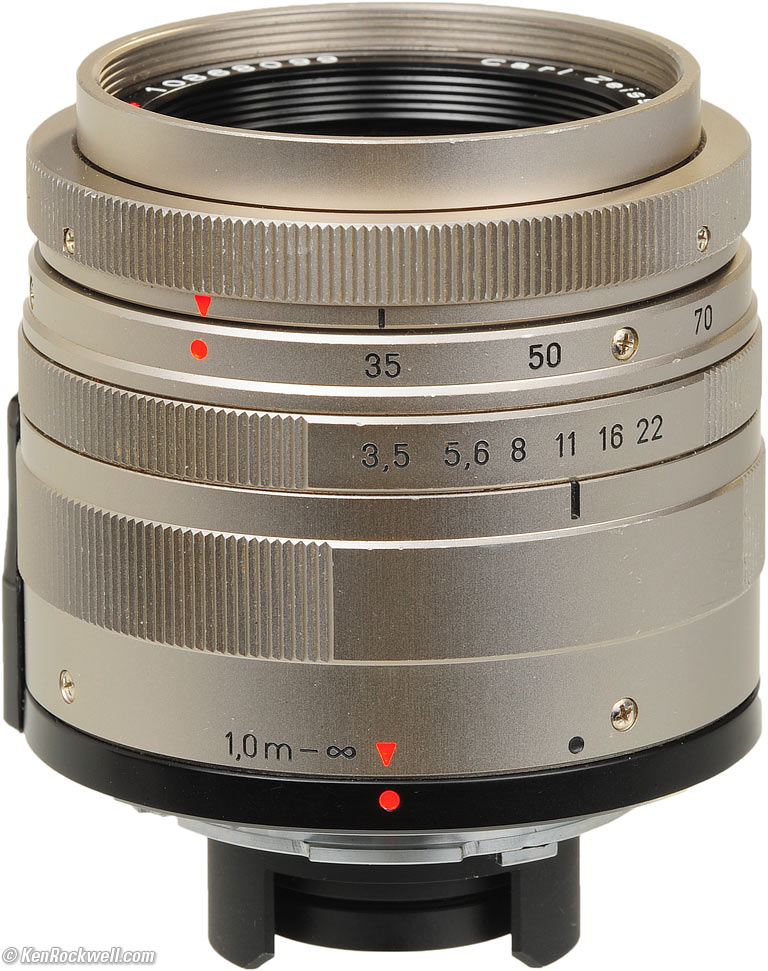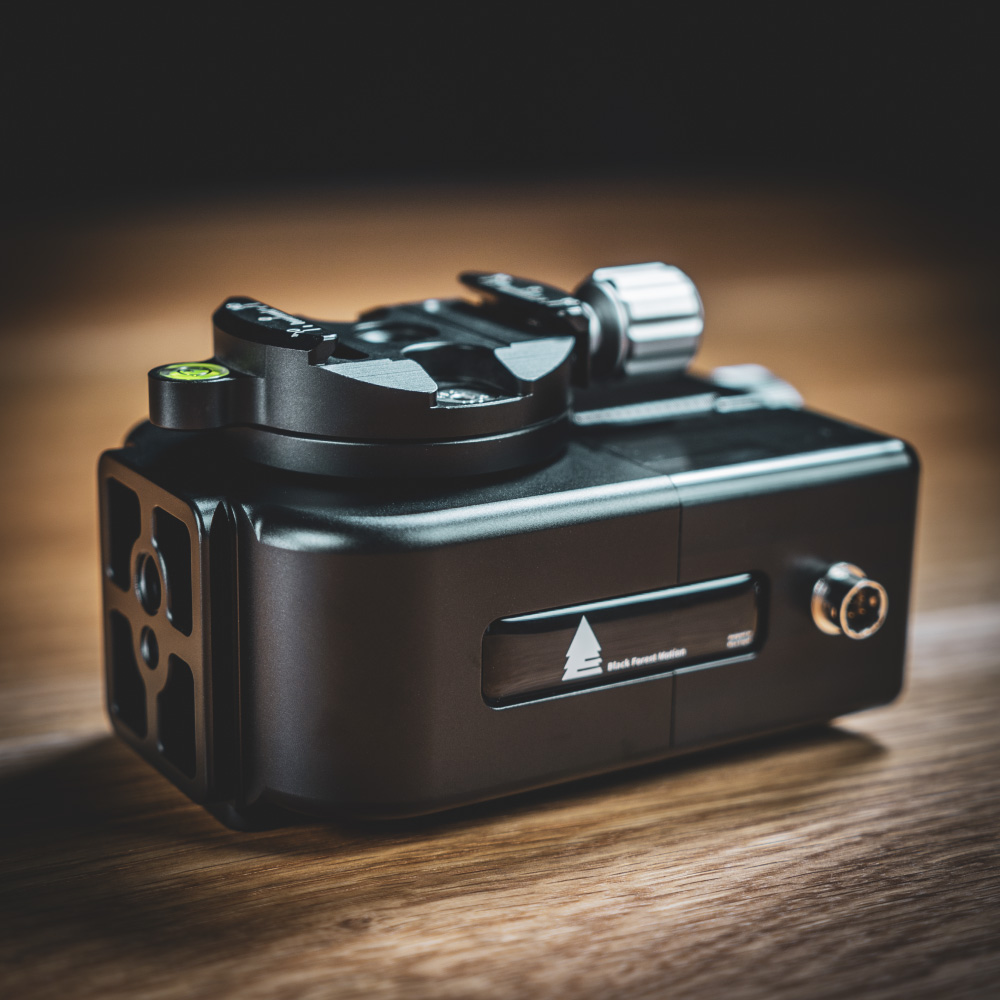
Wirki i Wigury 11/34 83-000 Pruszcz GdaskiI want to get into a bit of astrophotography and this lens is going to be great. Adres wydawcy oraz redakcji: ul. It is illegal to copy or redistribute any information found on this site in any way without the expressed written consent of CO-NET Robert Olech Wydawc LensTip.com jest firma CO-NET Robert Olech. This site is not responsible for any damage that the information on this site may cause to your system.
Stars from the image and this is one reason why Canon cameras became pre-eminent for astrophotography.Sony A5000 camera with a legacy Zeiss 40 mm lens at f/4 mounted using an adapter. (As our local area now uses LED street lights the sky glow is less than that it was.) But having removed the light pollution, the result was far better than I had expected and so I felt that it was worth including the exercise in the digest.Panasonic Lumix G2 (2010) 12 megapixels 18.1. As I had expected, the image that resulted from aligning and stacking the frames was heavily light polluted both with moonlight and also some sky glow. This was a result of evolution, which is driven by natural selection: only living things that successfully adapt to their. The first microscopic single-celled organisms resided in the world’s oceans and gradually developed into complex, multicellular organisms, from dinosaurs in the beginning to mammals as we know them today. However, I had just acquired an invalometer so that the individual frames could be taken automatically and was keen to try it out along with two other changes from my usual procedure.There has been life on Earth for around 3.5 billion years.


It took only a few seconds to process the data to give the result below.As expected, the image was blue and only the brightest stars were easily visible. This looks bad, but by averaging a reasonable number, in this case 25, frames actually increases the bit depth (honest) so the difference in the result may not be as great as might be expected.I have written a complete article about the use of Sequator which could well be read at this point, so here I will only state that the frames were loaded and then aligned and stacked with none of the possible options checked. These are compressed and of only 8-bit depth rather than uncompressed 12 or 14-bit raw files.
This can be removed by using the ‘levels’ command to bring up the ‘black point’ by shifting the left hand slider a little to the right whilst observing the result. If one stretches the image too far, noise will become apparent. As suggested in the article, two passes were made, the first only removing 50% of the background light.This image was then stretched using a few applications of the ‘curves’ function designed to brighten the fainter stars far more than the brightest so effectively increasing the dynamic range of the image.

This gives the result below which one might (or might not) prefer.The images below show the region around the central star of Orion’s Belt, Alnilam, with that of Stellarium. Their brightness can then be brought back using the ‘Brightness Contrast’ tool or an application of the ‘Curves’ tool. (This is the result of ‘halation’ within the emulsion.) By selecting the brightest stars using the oval selection tool and applying a Gaussian blur, they become larger but fainter.
Lets say for, example, that 1,000 electrons would result in the pixel wells. (The relatively short exposures helped.) Together this meant that all the light from a single faint star would be fall on one or two pixels. Though I had purposefully aligned the Nano Trackers a little away from the North Celestial Pole to reduce ‘Colour Mottling’, there was absolutely no evidence of any star trailing. From measurements, I suspect that the faintest stars had a half power beam-width of just 1.5 pixels. The first was that the lens is very, very sharp so that the stellar images were very tight. I suspect stars down to magnitude 11 had been imaged.For interest, I converted the stars into rings and overlaid them of an image from Digital star Survey.I was initially surprised now many stars were visible but realised that there were two factors that had contributed.
As the light pollution is uniform over localised regions, there would still be 1,000 electrons in each of the pixels in the small region over which the star’s image fell during the exposure. Now let’s assume a shift of 4 pixels during the exposure. I suspect that the star would be visible.
It is described in detail in the article ‘Three tracking mounts’.My prototype StarSync with Sony A5000 camera and 90 mm f/2.8 Tamron lens stopped down to f/4. This is exceedingly sturdy and does not require a ball and socket head on which to mount the camera. This is a Sony A-mount lens used with an adapter and focussed on infinity during daylight.As the lens is quite heavy I used my ‘prototype’ StarSync tracker. However, I did want to try out a Tamron 90 mm f/2.8 macro lens. Imaging under heavily light polluted skiesThe following night there was high cloud so that Orion could be barely seen. This is one reason why the Hubble Space Telescope is very sensitive as there is no turbulence to spread the stellar images across the sensor.
As expected, far fewer stars were seen than on the 40 mm image.Comparing a crop close to the Belt of Orion with that of the Stellarium image showed that the faintest stars visible were 9 th magnitude – 2 magnitudes brighter than the 40 mm image. The brightest stars were worked on in Adobe Photoshop to ‘clean-up’ their images. As I had not used the in-camera noise reduction mode I did have to clone out the streaks caused by hot pixels.


 0 kommentar(er)
0 kommentar(er)
